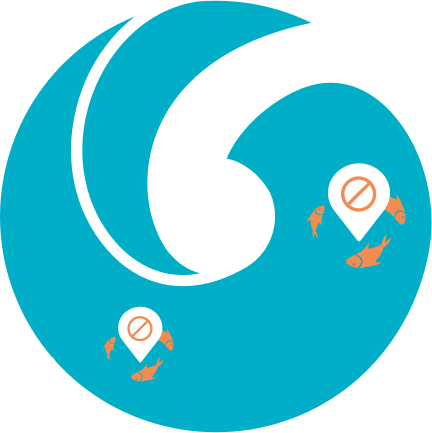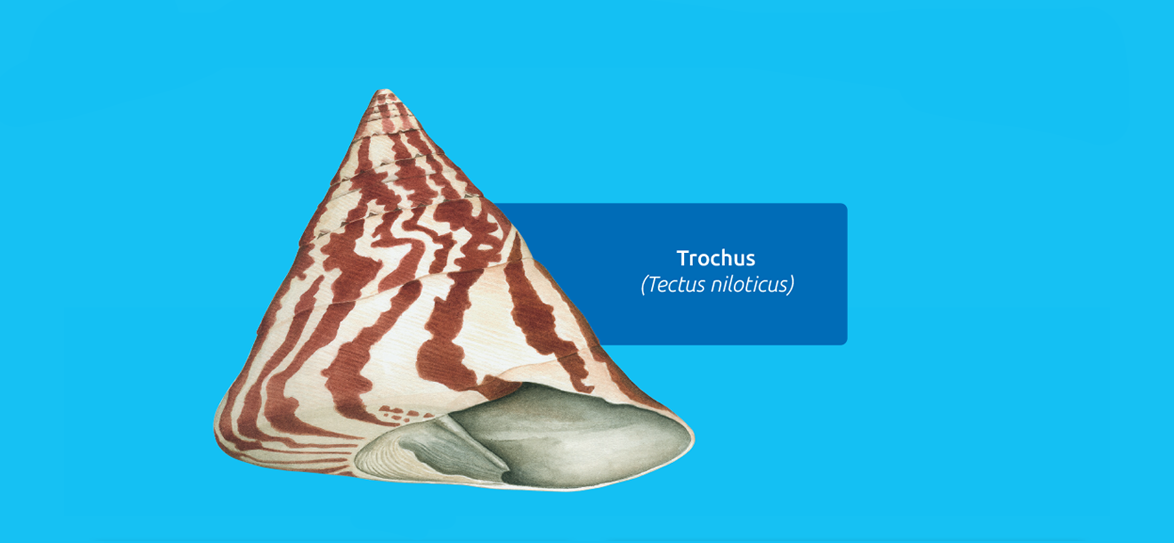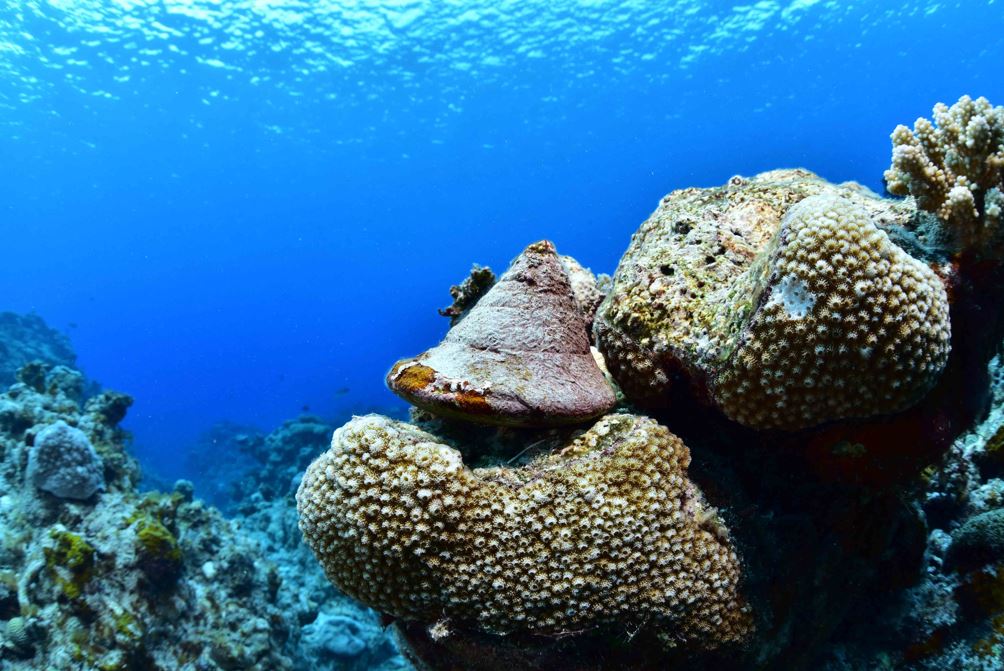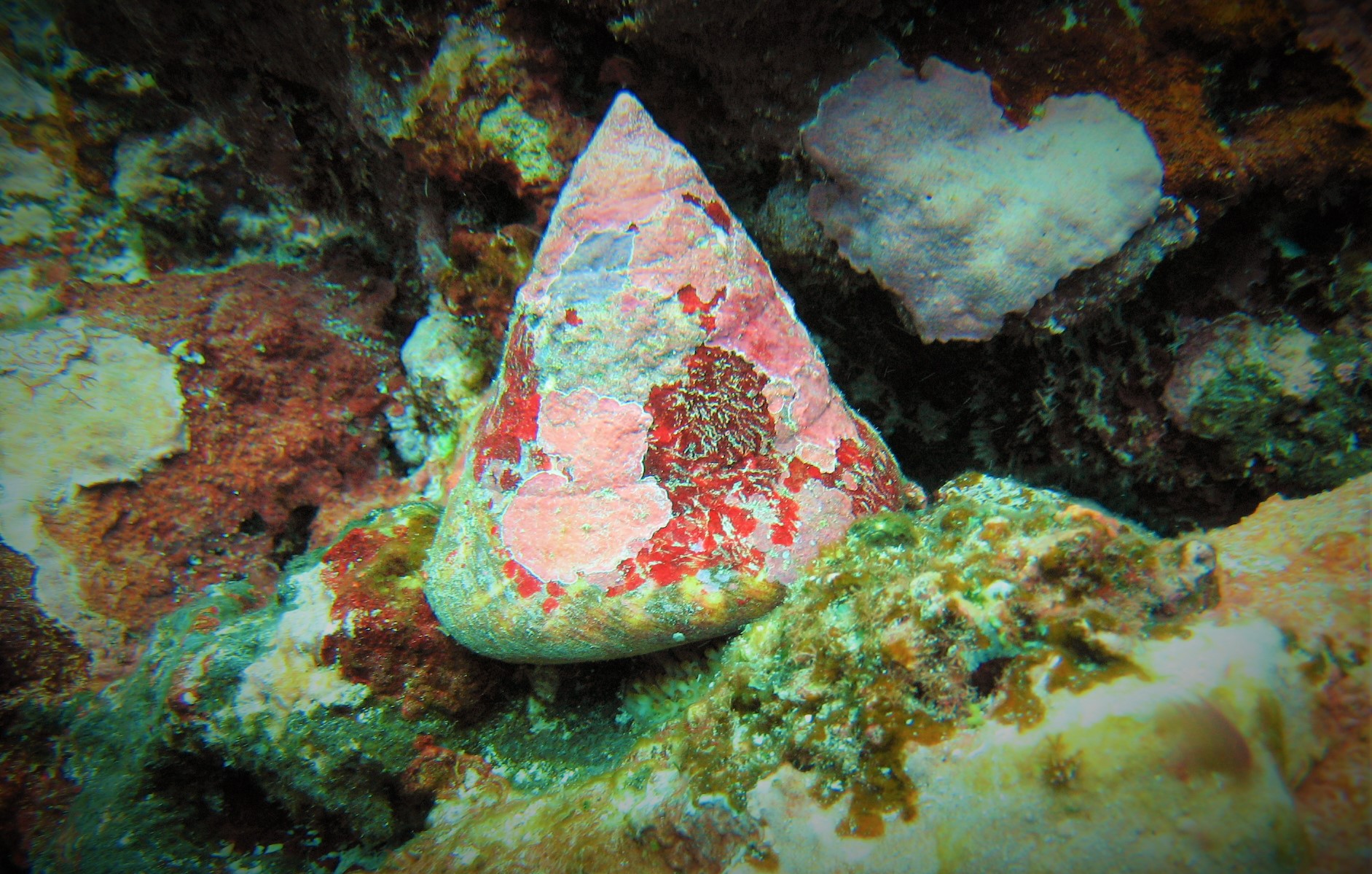Image: © Emmanuel Tardy, SPC
To gain access to full information on ark clams, download the information sheet produced by the LMMA Network and SPC.
If you have noticed a decline in your catches or are concerned about trochus populations, here are some priority actions the community can consider in addition to national regulations:
Fish smart rules
Fishing bans
Placing and enforcing a total ban on collecting trochus in the local fishing area. Any closure would have to be for a long period to allow time for stocks to recover and for adults to breed;


Tabu areas
Establishing a permanent marine reserve (no-take area) in an area where there are adult trochus (or where trochus can be introduced). The expectation is that young trochus will be produced and these will settle in nearby areas.
Both these actions could be enhanced by the transplantation or introduction of adult trochus from other reef areas where they are not overexploited.
If existing stocks of trochus are healthy, or once stocks have recovered, regulations imposed by national authorities can be supported or supplemented by community actions such as:
Temporary bans
Establishing rotational harvesting, in which a community fishing area is divided into a number of smaller areas that are fished in rotation each year. If there were four smaller areas, each area would have three years protection from being fished;


Quotas
Establishing a community quota (or annual bag limit) for an area or region. Fishery authorities could assist communities by conducting a preseason survey to estimate the number of legal sized trochus in each area. The total number of trochus allowed to be taken could then be set at 30 to 40 per cent of the number of legal sized individuals present.
Good to know: setting maximum and minimum size limits can improve trochus population growth
Minimum and maximum size limits have been imposed in many countries. Minimum size limits allow individuals to spawn at least once before capture. Maximum size limits are justified on the grounds that larger females produce a greater number of eggs and the shells of older individuals are less valuable due to worm infestation. Limits are often set at 80 mm and 120 mm base length.
Fishing methods
Trochus are usually taken by free diving or by wading on the reef crest at low tide. Unfortunately, the use of underwater breathing apparatus has severely reduced many populations of trochus.
Management measures in the region
Many countries have banned the use of underwater breathing apparatus for collecting trochus. Some countries have banned fishing for trochus for extended periods to allow populations to recover. The minimum population size that has been recommended before fishing can commence is 500 to 600 trochus per hectare (10 000 m2).
Some species

The main species of interest in the Pacific Islands is Rochia nilotica (ex Tectus niloticus; ex ex Trochus niloticus), a large species (up to 150 mm across the shell base) which has an off-white shell with oblique reddish stripes and an interior layer of thick pearly shell. This species is harvested for its flesh and particularly for its shell, which is used to make mother of pearl buttons (the figure above shows two trochus shells, one of which has been drilled to produce button blanks).
The natural distribution of trochus is from the eastern Indian Ocean to the Pacific Ocean as far east as Fiji. However, the species has been successfully transplanted to countries further to the east. In 1957, they were introduced from Fiji to the Cook Islands.
Juvenile trochus settle in shallow areas among the boulders and rubble on intertidal reef flats. On atoll reefs, adult trochus tend to aggregate along the reef crest while on high islands, they are on reef slopes down to depths of about 20 m. Trochus graze on coral and rocks for very small plants.
Trochus have separate sexes and are able to reproduce at about 2 years of age when they have a base diameter of between 50 to 70 mm. They can live for up to 15 years.
Spawning occurs throughout the year in warmer areas and during the warmer months in cooler areas. They may form loose spawning aggregations at night within 1 or 2 days of either a full or new moon.
During spawning, females release more than 1 million eggs that are fertilised by sperm released by males. The fertilised eggs hatch to very small forms (the larval stages) that drift with currents in the sea for up to 5 days before settling on a rocky surface. Less than one in every thousand of these survives to become a young trochus (a juvenile). And less than one in every hundred juveniles survives the 2 or more years it takes to become a mature adult.
Related content

To gain access to full information on trochus, download the information sheet.

